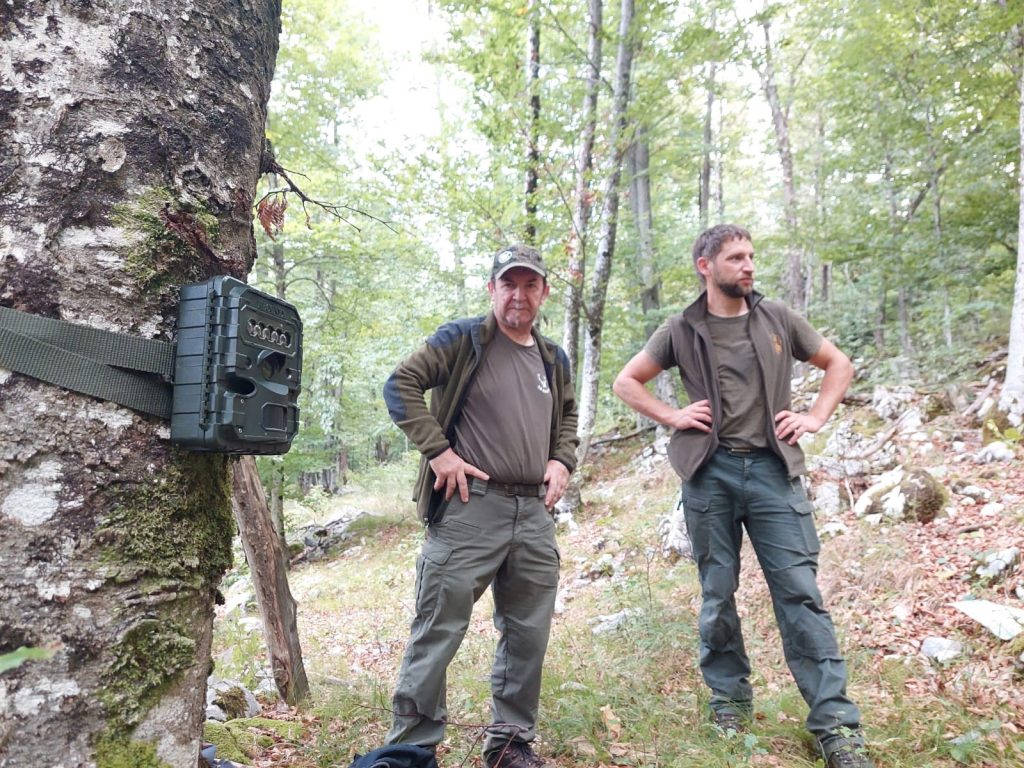A good understanding of the status of a threatened population, such as the Dinaric lynx, is crucial for its conservation and management. We have been monitoring the lynx in Slovenia and Croatia with camera traps in a coordinated way since 2018 and we publish the results of this effort annually. However, we limit usually the results to the minimum population size, i.e. the number of adult lynx identified on camera trap recordings, which is a simplified representation of the reality. In order to obtain reliable population size estimates, we calculated the lynx abundance scientifically (using spatial capture-recapture models). We found that the density of the Northern Dinaric lynx population is 0.83 (between 0.60 and 1.16) lynx per 100 km2, which translates to 96 (between 69 and 133) lynx in an area of 11,536 km2, which is the size of the area monitored in Slovenia and Croatia. Lynx population densities in Slovenia are on average lower than in Gorski Kotar (Croatia), which means that the population is not yet saturated and that there is still room for new lynx even within the existing range.
The probability of detecting lynx is highest at marking sites, decreases on forest roads, and is lowest at other locations selected for monitoring. The choice of the location for the camera trap is therefore important for successful detection of lynx and the difference between the chosen locations should be taken into account in the density calculations. This new knowledge has been made possible by good data from lynx monitoring with camera traps, which has involved many hunters and other volunteers who have regularly maintained the camera traps. Thus, a big thanks again to everyone involved in camera trapping!

Many local hunters were involved in lynx camera trapping. Photo: Urša Fležar, LIFE Lynx
Lynx abundance will be will be assessed also at the end of the LIFE Lynx project, to compare the status of the population before and after lynx translocations.
Full scientific article is available in Biodiversity and Conservation magazine.
